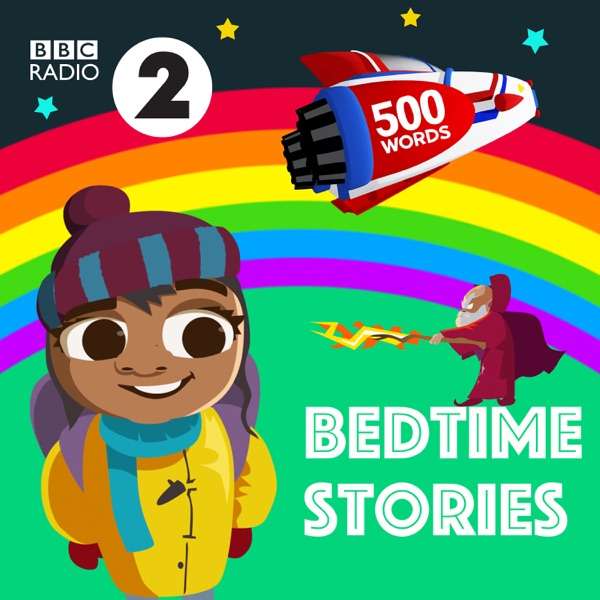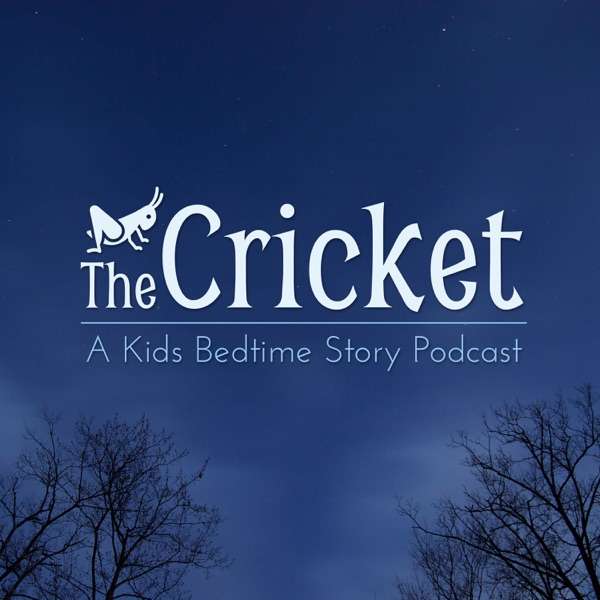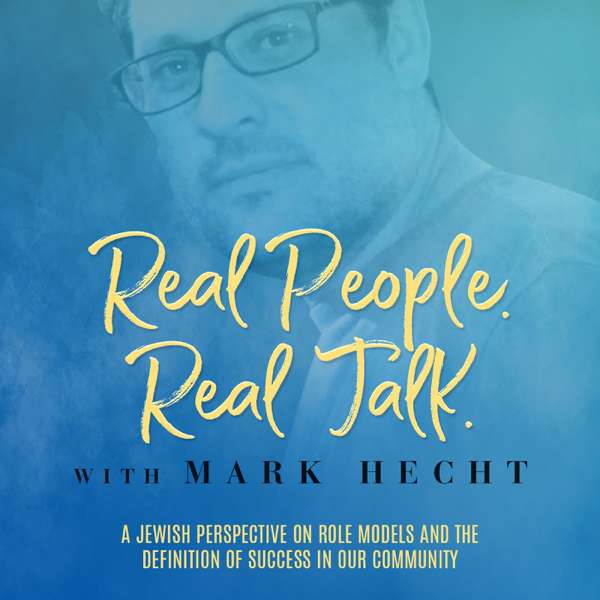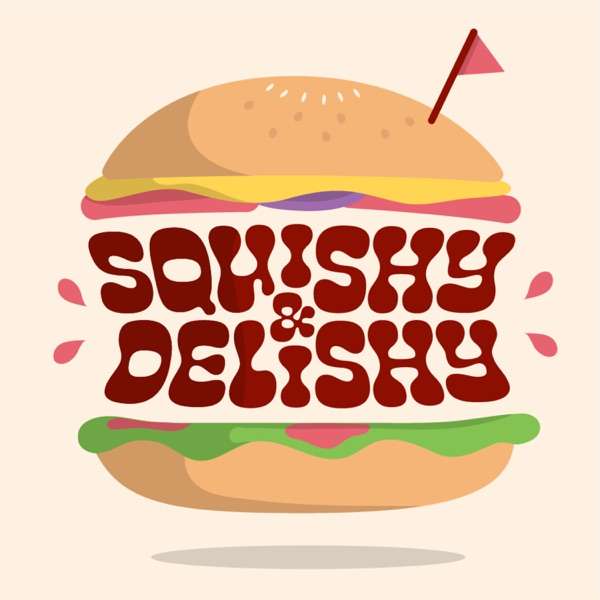On this episode of Bilingual Avenue, I share seven tips for finding resources in the target language.
Question:
Hi there I'm a Venezuelan mother of a three years old boy. I have spoken Spanish to my son from birth, I communicate in English with my husband, and my husband speaks Croatian to my son (he has no problem with the Spanish as he speaks Italian too and understand most of the Spanish words )
My son speaks Spanish and speaks-understand a bit of English and some Croatian!
We actually live in Australia and it is very hard to find materials in Spanish. I would love to know where I can find resources in Spanish and how to keep my son motivated ! My son started preschool three weeks ago and sometimes he asks me questions in English, I always reply in Spanish.
Answer:
Thank you Maria for submitting your question!
This is such a common struggle that multilingual families have. We are working hard to add more exposure to our children and so it often feels like we never ever have enough resources.
You also have the added struggle that depending on your location in the world, you may have an easier time finding resources in one language versus the other.
To help out Maria and those of you following along at home who may be on the same boat, I am going to run through a few resources that you can use to help you add a few more items to your toolkit
- The first resource is Eulingual.
We had the creator of Eulingual on the podcast, Joanne Wall. She joined us back on episode 67. She told us all about how Eulingual is her labor of love where she has over 3,000 links for language learning in twenty different languages including: Afrikaans, Arabic, Chinese – Mandarin, Czech, Danish, English, Finnish, French, German, Greek, Hindi, Irish, Italian, Japanese, Lithuanian, Polish, Portuguese, Russian, Spanish, Swahili and at the time she was also adding Romanian to the list!
This is a great collection of resources. You can go on there and dig around for hours and I know you will walk away with some wonderful resources that you can add to your toolkit.
2. The second resource is called Lingowl resources.
She created this website specifically to help parents looking for language resources to help their children. It now offers dictionaries, flash cards, games, bilingual books, etc in a variety of languages including Spanish. Chinese, English, French, German, Irish, Italian, Japanese, Polish, Russian and several other languages.
I just love this resource because it was specifically inspired to help other parents so I know you'll find some great resources to help you.
3. The third resource is Audio Books.
If you are a regular podcast listener, you know I love audio books. Even though I talk about them being a good resource I am not sure that I have shared some of my favorite benefits about audio books with you so I wanted to go ahead and list a few and then share with you where you can get your hands on some.
- Children can understand language above their reading level when they listen to a story.
- Audio books allow you to bring literacy skills into the more mundane parts of your kid's routine like car rides.
- Poetry can be brought to life for children because a narrator can convey timing, tone and rhythm.
- Audio books are great at helping children develop listening skills and quiet concentration.
- Children can be exposed to other speakers of your target language while developing fluency!
As you can see, audio books are pretty great. My favorite go to resource for audio books is Audible which is under the Amazon umbrella. If you head over to BilingualAvenueBooks.com you can get your first audio book free when you sign up for a 30 day membership.
This way you can see if this is something that your children find interesting although I can already assure you that they will enjoy it.
BilingualAvenueBooks.com is an affiliate link so if you choose to sign up for the Audible membership through that link I will get a small commission but it is at no cost to you.
4. The fourth resource is a multilingual alphabet.
Since you are in Australia, I just have to share one of my favorite resources for multilingual families which was developed in Australia and that is The Little Linguist Alphabet from LoveYourLingo.com! It's a multilingual alphabet which has 26 objects that all start with the same letter in English, French, Spanish, Portuguese, German and Dutch.
Maria, I know you have added Croatian as one of your family languages but this alphabet will come in handy when working in English and Spanish. You mentioned your son is three and so likely letters are a big part or will soon be a big part of his world so an alphabet is certainly going to be handy.
5. The fifth resource is apps.
Our children are digital natives and if we use apps with a purpose we can make sure our little ones are learning language while they are at it.
My two favorite in Spanish is Stories by the folks that created Gus on the Go and then Mundo Lanugo. I'll include links in the show notes to the episodes where I talked to each of the creators of these two apps.
6. The sixth resource is to repurpose materials you already have in other languages.
You can, for example, still leverage books you currently have in English and read them to your son in Spanish. Although my hunch is you are probably already doing that.
But how about games? Find one game, if you can a new game, and set the expectations that the game has to be played in Spanish in order to play it. Find a simple game so that your son is not caught up trying to understand the rules of the game and can instead focus on using his Spanish.
In our home we do this with Candy Land and it's a big hit. We also play memory only in Spanish.
Take a look at everything you currently have and challenge yourself to see how you can infuse some Spanish into it.
Keep in mind that playing is a huge component of how our children learn language. We often overlook this but with you as the Spanish speaker, try to dedicate at least 30 minutes a day where you can spend uninterrupted time just playing with your son in Spanish. It is without a doubt one of the best things you can do for his language development.
7. The seventh resource is to ask around!
Ask on the multilingual Facebook groups, online, friends and family what they are using. I am often surprised when I dig around Twitter and Instagram and see just how many resources there are out there. We just have to dig and that digging process can be overwhelming. If you know anyone else that is working on Spanish, see what is working for them and your children and I am sure you'll get some great ideas as well from others that are doing the same kind of digging that you are!
Alright Maria, I hope you found these resources helpful and that you get a good start for some ideas.
As the one working on the target language in my home, I know how hard this process can be and I know that you will certainly enjoy those resources to the max when you get your hands on it.
If you have a question that you'd like answered on the show, leave me a message on the Bilingual Avenue contact page.
You can check out the resources to this episode at bilingualavenue.com/episode120
May you have fun travels on your language journey. Hope to see you again on the Avenue.

 Our TOPPODCAST Picks
Our TOPPODCAST Picks  Stay Connected
Stay Connected







